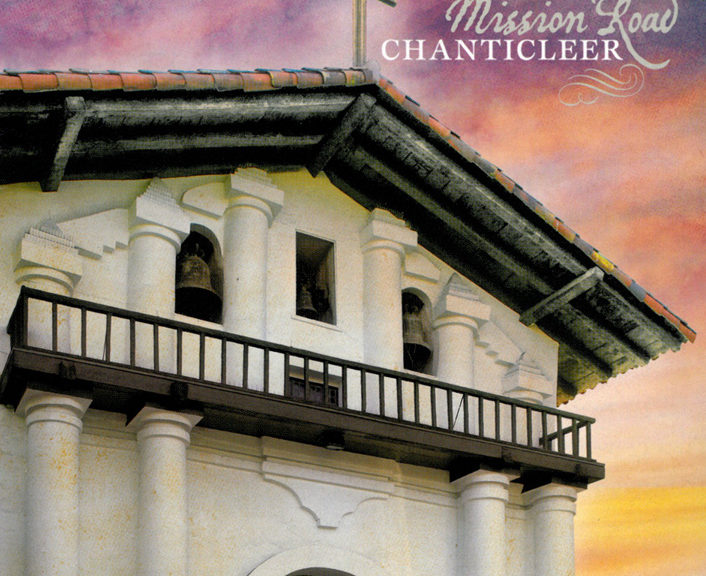
AN UNKNOWN REPERTORY OF SACRED MUSIC
Chanticleeer Seeks and Sings Classics of South America
By Paul Hertelendy
artssf.com, the independent observer of San Francisco Bay Area music and dance
Week of May 8-15, 2016
Vol. 18, No. 68
It’s time for true believers to drop down on their knees and thank the Almighty for the sacred music circulated by the chorus Chanticleer. Who can match their mining the Mother Lodes of early music that was created unnoticed, unheralded in the New World?
And in our era, when even our churches have turned away en masse from Renaissance polyphony in favor of congregational hymns, Chanticleer keeps singing that early music of celestial complexity, keeping alive that elusive flame of creativity.
The Chanticleer spell went far afield last month with mission concerts in Bolivia featuring New-World music. When they sang concerts there using Quechua, the indigenous language, some members of the audience spontaneously began to sing along with them, having learned the works and texts years earlier in school. The singers’ tour de force included memorizing Quechua music for performance.
The importance of this Latino church-and-mission music can’t be overlooked. The development of elaborate choral music in Bolivia, Lima, and Mexico City evolved long before any counterparts in the North American colonies.
Now Chanticleer has brought back that epic “Mission Road” repertory to resounding concerts in six California missions, with music known to a handful of scholarly musicologists screening photocopy scores in the study, little more. Musicologists undeniably shine an essential desk-lamp on forgotten scores; but the klieg-lights really com on bright and clear with public performances in concert.
“Mission Road” brought out a trio of New-World sacred composers active before and after the year 1700: Juan de Araujo, Antonio de Salazar and Manuel de Sumaya. Indeed the Latin motets by the last two, “Inveni David” and “Cum esset,” were being given their first performances in several centuries. Both showed the influence of Claudio Monteverdi and his clean-cut Italian style.
Some surprising works, like Salazar’s “Conceptio Gloriosae,” were mature, relatively modern, animated and vibrant—almost danceable. Please, no shushing by the ushers and sacristans!
25 years ago the Polish priest Piotr Nawrot convinced elders of Bolivian Indian tribes to make public a treasure-trove of ancient baroque manuscripts, some by their ancestors, all squirreled away for safe-keeping. These produced some 13,000 pages (!) of unknown New-World music—some of it now recorded by other groups, some of it parceled for these Chanticleer programs, including villancicos (less formal choruses in Spanish) commemorating Saint Ignatius de Loyola, done in verse/refrain mode.
Some of the Quechua music still used today suggests that the key for missionaries to approaching indigenous New-World people was in translating music to the indigenous languages, and not merely being force-fed via Spanish or Latin.
The 12-man Chanticleer group performed well at Mission Dolores May 7—not so much a cappella, demonstrating their unique mastery, but in part with a trio of instrumental accompaniment, and conducting by the newcomer maestro William Fred Scott. Is their impeccable a cappella magic gradually being phased out by Chanticleer? Stay tuned.
Unfortunately, the unusual church acoustics muddied the texts to near-unintelligibility. In addition the singers were pressing to fill the whole edifice with sound.
By way of concert prelude, other unaccompanied sacred works were sung by the rather astonishing youthful mixed choir LAB XV, an education offshoot of Chanticleer. They too are quite remarkable!
Chanticleer sings “Mission Road” concerts, ending with the May 20 concert at Carmel Mission. For info: (415) 252-8589, or go online.
©Paul Hertelendy 2016
#
Paul Hertelendy has been covering the dance and modern-music scene in the San Francisco Bay Area with relish — and a certain amount of salsa — for years.
These critiques appearing weekly (or sometimes semi-weekly, but never weakly) will focus on dance and new musical creativity in performance, with forays into books (by authors of the region), theater and recordings by local artists as well.
#